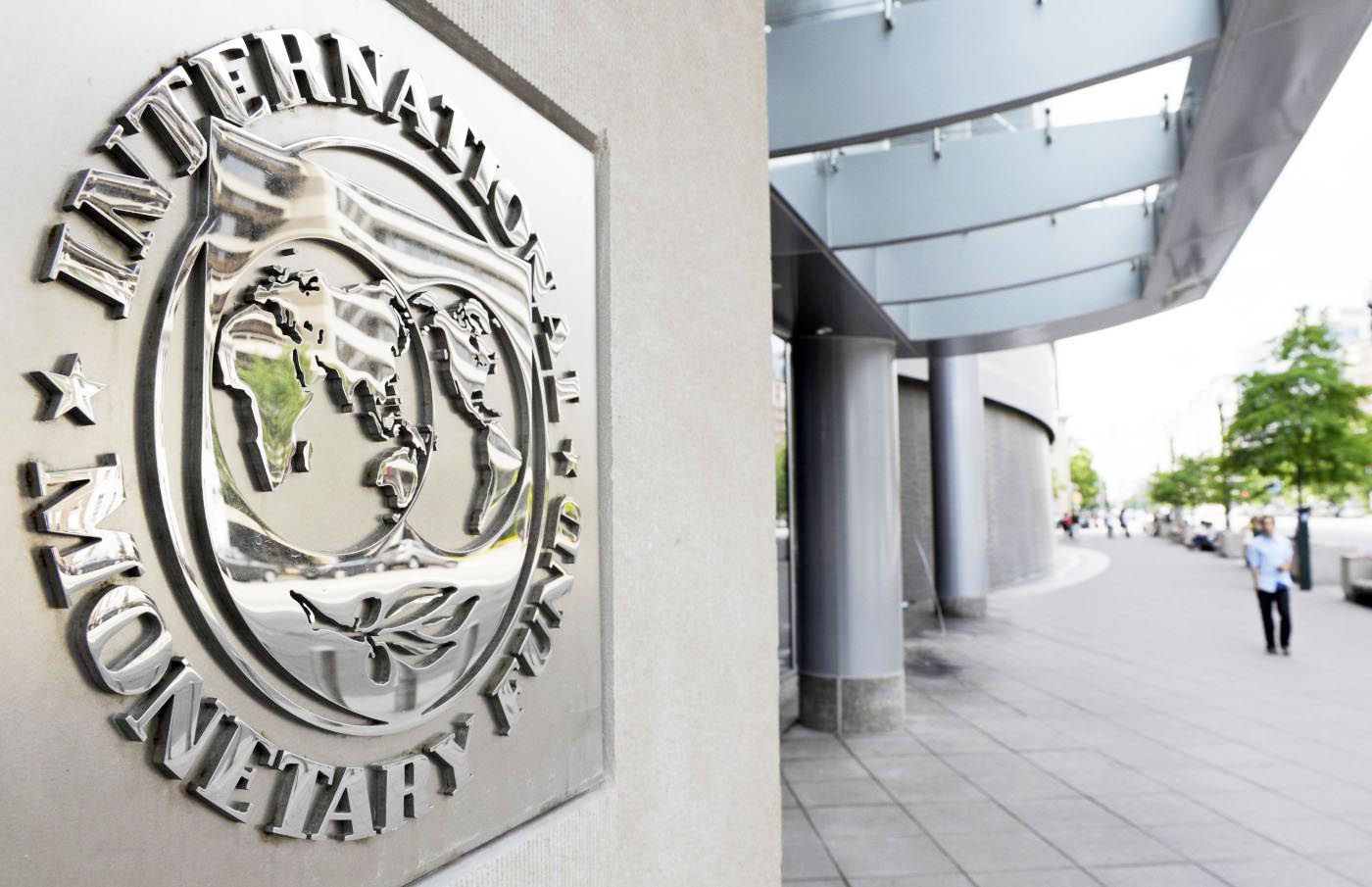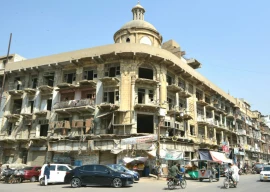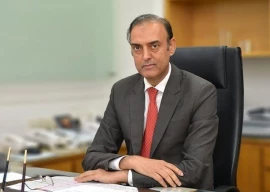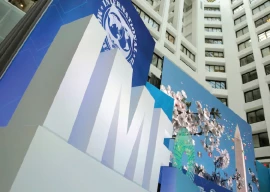
Pakistan has accepted the International Monetary Fund’s (IMF) demand of increasing its gross official foreign currency reserves to $15.43 billion by June this year – a move that will help reduce external vulnerabilities but may bring rupee-dollar parity under pressure.
The government will also have to arrange additional $1.34 billion in three months to fulfil the IMF’s condition, show documents released by the IMF on Tuesday.
By end March 2015, the gross official reserves held by the State Bank of Pakistan stood at roughly $11.6 billion including the latest tranche of $500 million released by the Fund.
Overall, the SBP will have to raise roughly $3.8 billion — on average $1.3 billion per month in the remaining period.
The understanding was reached during the sixth review meeting of the $6.6 billion three-year bailout programme. The government is expecting $1 billion policy loan from the World Bank, $400 million by the Asian Development Bank besides receiving another tranche of over $500 million from the IMF.
At the beginning of the current fiscal year, Pakistan’s gross official foreign currency reserves were $9.1 billion.
The IMF is of the view that the plunge in oil prices provides an opportunity to boost reserve accumulation and reduce external vulnerabilities. It said the government has agreed to increase Net International Reserve (NIR) targets – calculated by excluding reserves related liabilities, for forthcoming reviews.
Subsequently, the IMF has jacked up Pakistan’s end-March and end-June NIR targets, which are binding on the government and any slippages will require waiver from the Executive Board of the IMF.
The IMF’s Executive Board has increased end-March’s net reserves target by another $500 million to $5 billion. Similarly, the end-June target has also been upward adjusted by $1.05 billion to $6.75 billion. It appears a gigantic task for the SBP that has already mopped up whopping $1.8 billion from the market in the first eight months of the current fiscal year, showed the IMF documents.
But the IMF does not see it as a challenging task and added that Pakistan’s fuel import bill will be reduced by $2.8 billion in the current fiscal year due to plunge in international oil prices. It said the SBP has also stepped up its spot market purchases of foreign exchange.
The IMF said the action will increase the reserve coverage well above three-months of imports, bolstering resilience against future external shocks.
However, market analysts said that the move may bring the rupee-dollar parity under significant pressure, particularly at a time when the IMF and the other international financial institutions insist that the rupee was over-valued against the US dollar.
The IMF said that despite recent stability of the rupee against the dollar, the real effective exchange rate was continuously appreciating.
During the sixth review talks, the IMF staff urged Pakistan to adopt a flexible exchange rate policy. It has been arguing that Pakistan should apply combination of both the exchange rate and the interest rate to build the foreign currency reserves.
The IMF said that the recent appreciation of the dollar against other currencies, the lack of downward exchange rate flexibility, and a high inflation differential relative to trading partners has caused a further loss of Pakistan’s export competitiveness in world markets.
The government also seemed endorsing the IMF’s viewpoint in its Memorandum of Economic and Financial Polices –the policy matrix prepared to give comfort to the IMF about the country’s near to long term economic policies.
“(Plunge in oil prices) can be effectively used to strengthen our external accounts position on a sustainable basis by accelerating reserves build-up under a market based exchange rate,” states the government’s MEFP. It added increase in gross official foreign currency reserves will allow Pakistan to accelerate the improvement in reserve coverage, which is now expected to reach three and half months of imports by end of the current fiscal year.
The government also recognised that Pakistan’s trade competitiveness needs to be strengthened, due in part to movements in international financial markets.
Published in The Express Tribune, April 8th, 2015.
Like Business on Facebook, follow @TribuneBiz on Twitter to stay informed and join in the conversation.
1732090022-0/Elmo-and-Amelia-(1)1732090022-0-405x300.webp)
1725523665-0/Minecraft-Movie-(1)1725523665-0-165x106.webp)

1732089759-0/BeFunky-collage-(75)1732089759-0-165x106.webp)


1732084432-0/Untitled-design-(63)1732084432-0-270x192.webp)










COMMENTS (1)
Comments are moderated and generally will be posted if they are on-topic and not abusive.
For more information, please see our Comments FAQ